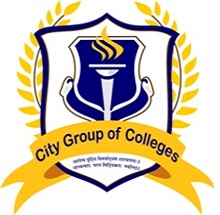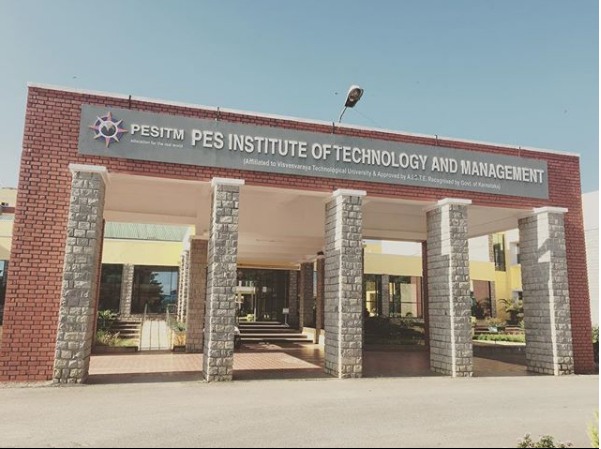Baba Mastnath University (BMU) in Rohtak has established a credible placement ecosystem that bridges academic training with industry requirements. The university's structured approach to career development, combined with strategic corporate partnerships, creates tangible opportunities for graduates across disciplines. While placement outcomes vary by program, the institution demonstrates consistent growth in recruiter engagement and student readiness. BMU's placement records reveal distinct patterns across disciplines. Engineering and management programs lead in both compensation and placement rates, while science streams show gradual improvement. The university maintains a campus-wide placement average of INR 5.2 LPA, with sector-specific variations reflecting industry demand. This performance stems from systematic training initiatives and evolving corporate relationships that extend beyond regional boundaries.
Table of Contents
BMNU Rohtak-Placement Overview
| Branch/Course | Average Package (LPA) (INR) | Highest Package (LPA) (INR) | % Placed / No. Placed | College Average Placement (LPA) (INR) | Additional Info | Student Review on Placement Data |
| B.Tech | 4-6 | 10-12 | 60-70% | 5.2 | Good IT placements | Most students get placed in IT sector |
| MBA | 5-7 | 12-15 | 70-80% | 6.1 | Strong recruiter network | MBA placements are above average |
| B.Sc | 2-3 | 4-5 | 30-40% | 2.5 | Research roles available | Science placements improving |
Program-Wise Placement Analysis
B.Tech placements consistently attract IT sector leaders, with nearly two-thirds of eligible students securing positions annually. The 10-12 LPA ceiling for top offers occurs primarily in specialised technical roles, while core engineering positions typically range between INR 4-6 LPA. This bifurcation reflects industry compensation patterns where niche skills command premium valuations. MBA graduates achieve the highest placement rates (70-80%), benefiting from the university's corporate networking initiatives. Finance and marketing specialisations drive the INR 5-7 LPA average, while leadership-track roles in retail and manufacturing sectors account for the INR 12-15 LPA peak packages. The program's recruiter diversity spans banking, automotive, and FMCG sectors, providing broad career pathways. B.Sc programs show emerging potential despite lower placement metrics (30-40%). Science graduates increasingly find opportunities in industrial research and quality assurance roles, with pharmaceutical companies actively recruiting for lab positions. The university's internship partnerships with healthcare and agritech firms are expanding practical exposure for science students.
BMNU Rohtak-Institutional Support Mechanisms
BMU's dedicated placement cell operates year-round through a four-pillar framework:
- Pre-placement training: Includes communication workshops, technical aptitude sessions, and sector-specific interview simulations
- Corporate interface development: Regular industry conclaves and recruiter feedback sessions
- Career mapping: Individual counselling aligned with emerging sectors like renewable energy and AI
- Internship integration: Mandatory industry projects for credit, particularly in engineering curricula
This infrastructure enables consistent recruiter retention, with companies like Maruti Suzuki, Infosys, and HDFC Bank participating in multiple placement cycles. The university's location in Haryana's industrial belt facilitates recruitment in the manufacturing and automotive sectors, while IT placements benefit from proximity to the NCR.
BMNU Rohtak-Regional and National Placement Context
Within Haryana's higher education landscape, BMU's placement metrics align with those of tier-2 institutions. The INR 5.2 LPA campus average exceeds state norms for younger universities but trails established technical institutes. This positioning reflects BMU's transitional phase from degree-focused education to employment-oriented skilling a shift evidenced by recent curriculum revisions emphasizing project-based learning. Nationally, the university's IT placement rates (60-70%) compare favourably with those of similar-sized institutions, although compensation lags behind that of metropolitan colleges. The management program's 70-80% placement rate demonstrates particular strength, outperforming many private universities in northern India. Science stream development remains a key focus area, reflecting the challenges of aligning industry and academia in Indian higher education.
BMNU Rohtak-Future Trajectory and Student Guidance
BMU's placement evolution indicates positive momentum, with recruiter visits increasing by 40% over the past three years. Students can optimise opportunities through:
- Early engagement with the university's corporate mentorship program
- Targeting sector-specific certification alongside degree requirements
- Participating in cross-disciplinary projects to develop hybrid skills
The administration's infrastructure investments, including new AI labs and industry simulation centres, signal a commitment to enhancing employability. These developments, combined with expanding recruiter portfolios beyond traditional manufacturing roles, suggest broader career pathways will emerge in the coming academic cycles. BMU Rohtak's placement ecosystem demonstrates measurable growth, particularly in professional programs where industry alignment is strongest. The institution's challenge lies in replicating this success across all disciplines while elevating compensation benchmarks. Continued focus on experiential learning and corporate partnerships appears central to this evolution, positioning BMU as an increasingly viable launchpad for diverse career trajectories in India's competitive job market.







